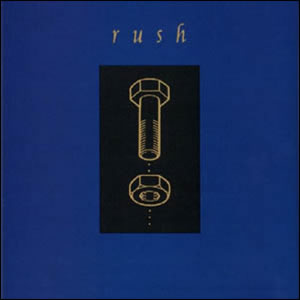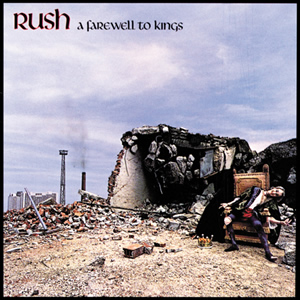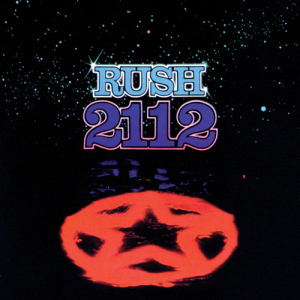Counterparts by Rush
While there is a definite break from the pop-leaning, synth-fused sound that had defined the Rush sound since the mid-1980s, their evolution back towards rock was not quite complete on Counterparts. Some have […]

While there is a definite break from the pop-leaning, synth-fused sound that had defined the Rush sound since the mid-1980s, their evolution back towards rock was not quite complete on Counterparts. Some have […]

Buy A Farewell to Kings A Farewell To Kings is the fifth studio album by Rush. It follows 2112, the band’s initial commercial breakthrough in 1976 (check out our Review of 2112). With […]

Buy 2112 Convinced that their run at fame was all but over, the members of Rush decided to go out “in a blaze of glory”. They were all very satisfied with the previous […]